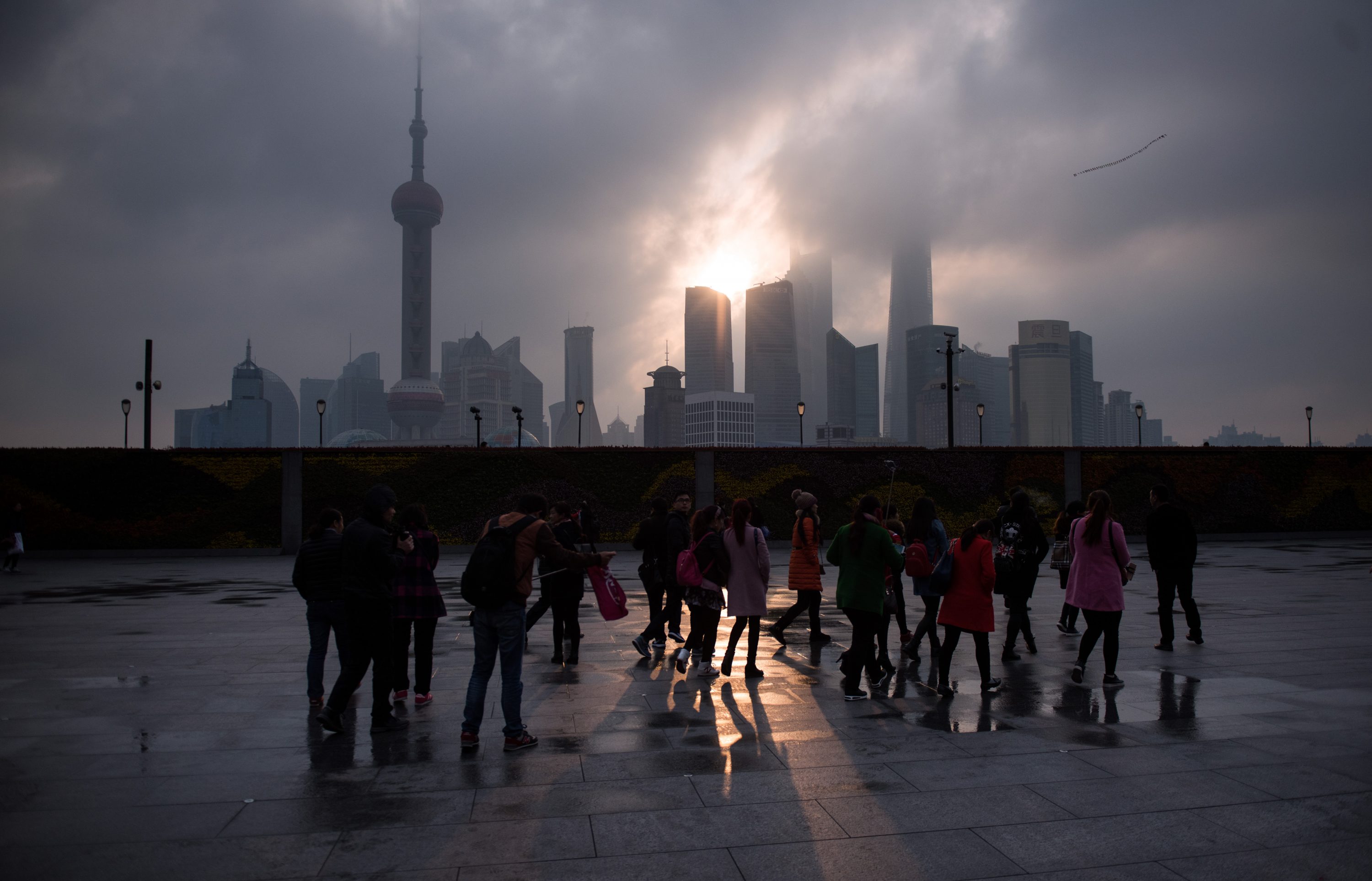China Cuts Loan Rate for First Time Since 2016, Seeks to Soothe Bond Market
SHANGHAI—Chinas central bank cut the interest rate on its one-year medium-term lending facility (MLF..
SHANGHAI—Chinas central bank cut the interest rate on its one-year medium-term lending facility (MLF) loans on Nov. 5 for the first time since early 2016, as policymakers work to prop up a slowing economy hit by weaker demand at home and abroad.
Analysts said the cut, while modest, may be a sign the central bank is turning more proactive and is looking to ease investor worries that higher inflation will prevent it from delivering fresh stimulus measures.
Chinese government bonds have sold off in recent weeks on concerns that authorities may be moving to a more cautious policy stance, despite a sharper-than-expected economic slowdown.
The Peoples Bank of China (PBOC) said it was lowering the rate on its one-year medium-term lending facility (MLF) loans to financial institutions by 5 basis points to 3.25 percent from 3.30 percent previously.
The move could pave the way for a reduction in Chinas new benchmark Loan Prime Rate (LPR) in a few weeks. It is linked to the MLF rate and is published on the 20th of every month.
Hao Zhou, senior emerging markets economist at Commerzbank in Singapore, said the cut, while “really tiny,” sends a message that the PBOC does not want the market to doubt its will to support growth.
“They tried to maneuver in a limited space … It does not change the overall picture that aggressive easing is not on the table. On the micro level theres still some targeted support from policymakers,” he said.
The PBOC said it had lent 400 billion yuan ($56.92 billion) to financial institutions through the liquidity tool, slightly less than a batch of MLF loans worth 403.5 billion yuan due to mature on Tuesday.
ING economists said in a note Tuesdays move would signal to the markets that a pause in monetary easing since September was over.
Bonds had sold off on rising expectations that the United States and China will reach a trade deal and on fears the central bank will be held back by quickening consumer inflation, which has jumped to near 6-year highs largely due to rising pork prices.
The yield on benchmark 10-year Chinese government bonds has risen about 30 basis points since early September.
Julian Evans-Pritchard, senior China economist at Capital Economics, noted that the rate cut was the first reduction in a PBOC lending facility rate in more than three years.
“It will lower funding costs for banks and, as a result, banks should be more willing to lower lending rates.”
But he said a five-basis-point cut wont be enough to drive a turnaround in credit growth, which has started slowing again recently.
“We expect another 70 bps of reductions in the MLF rate by the middle of next year,” he said in a note to clients.
Policy Dilemma
Chinas response to the current slowdown has been more restrained than in the past, when it slashed rates aggressively and encouraged a lending spree that created a mountain of debt.
So far, Beijing has largely opted for higher infrastructure spending and tax cuts to support economic activity, while acknowledging it will take some time for such support to filter through.
The PBOC has also cut banks reserve requirements seven times since early 2018 to free up more funds to lend, with another such move widely expected by year-end.

However, investor uncertainty over the PBOCs policy plans has heightened in recent weeks, causing repo rates to rise and bonds to be sold.
Following the MLF cut on Tuesday afternoon, Chinese 10-year Treasury futures for December delivery, the most-traded contract, were 0.28 percent higher.
CommerzRead More – Source
